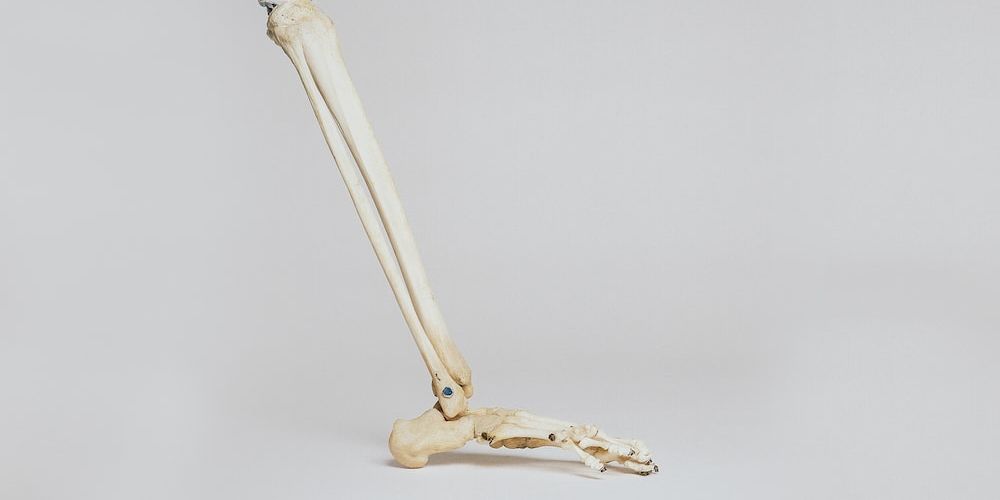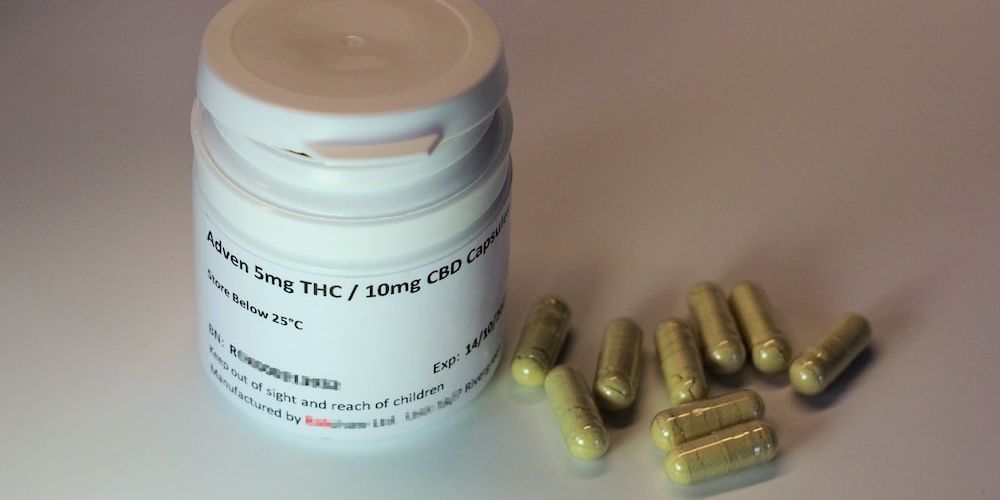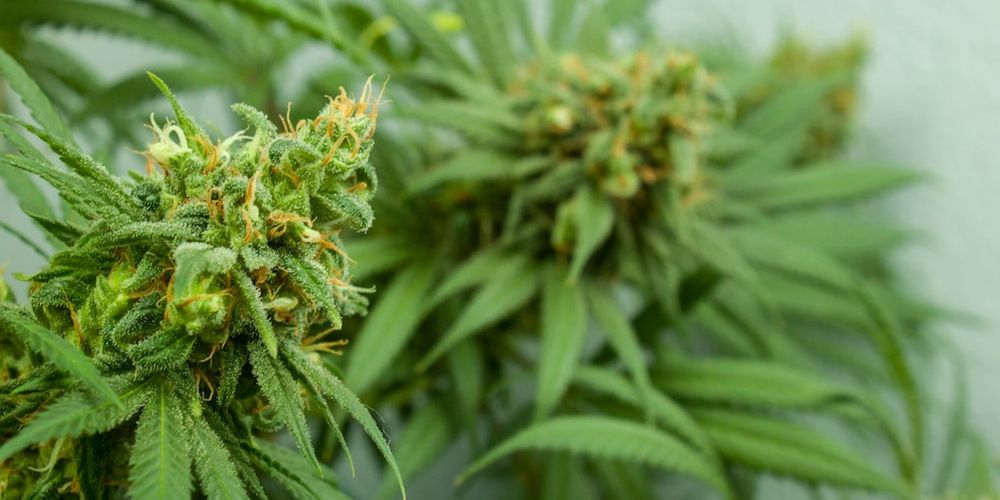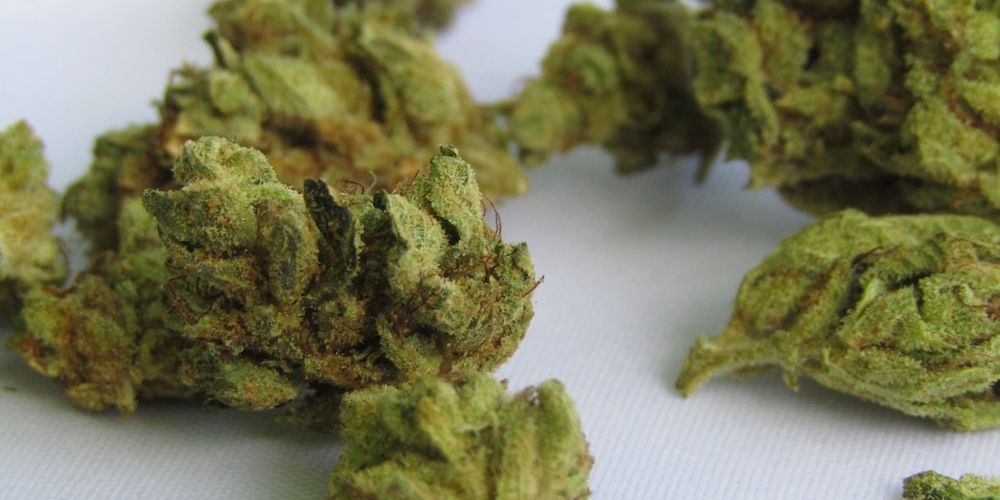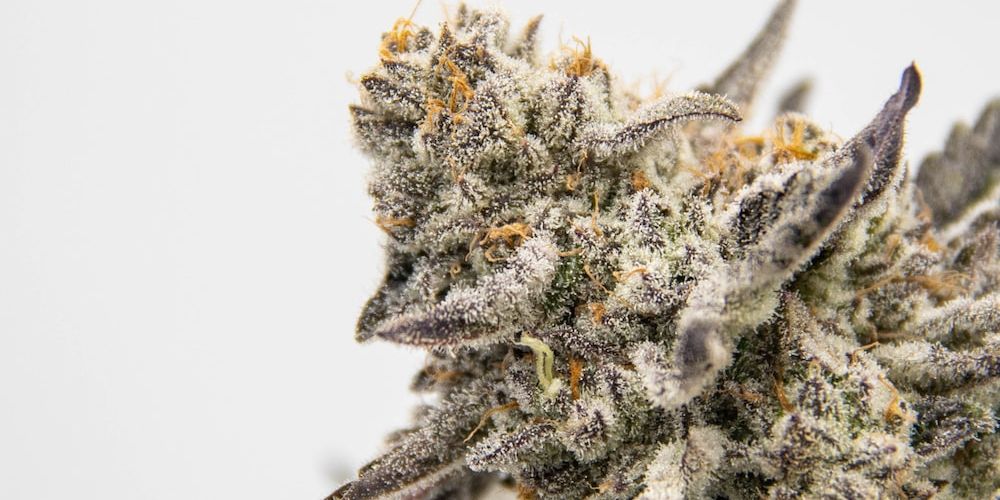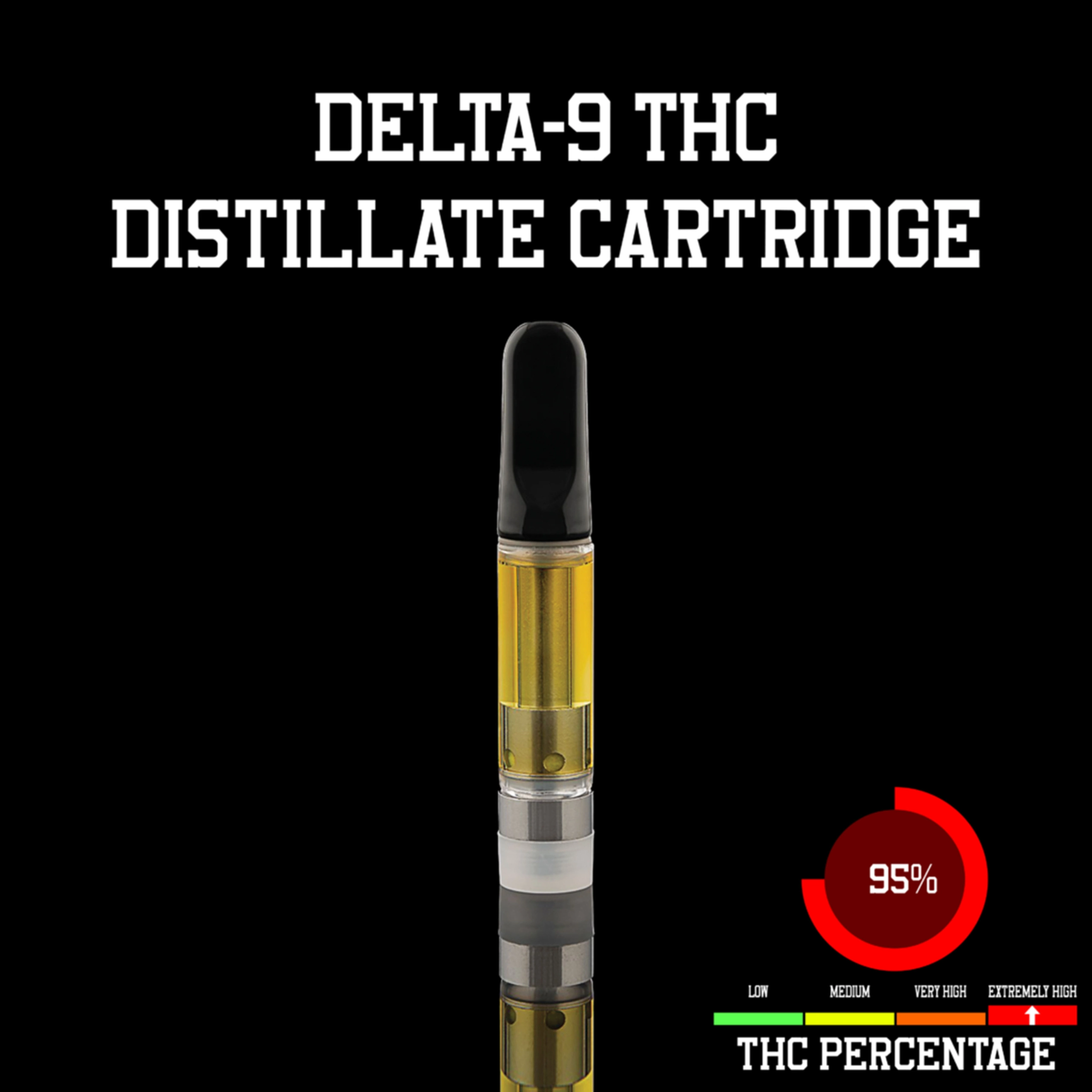Understanding Medical Marijuana
Marijuana, also known as cannabis, is a plant that has been used for medicinal and recreational purposes for thousands of years. Medical marijuana refers to the use of cannabis to treat various medical conditions. It contains hundreds of chemical compounds, including more than 100 cannabinoids, which are responsible for its therapeutic effects.
The Benefits of Medical Marijuana
Medical marijuana has been found to be effective in treating a variety of conditions, including chronic pain, nausea, muscle spasms, seizures, and anxiety. It has also shown promise in treating certain types of cancer and reducing inflammation.
The Different Types of Medical Marijuana
There are many different strains of medical marijuana, each with its unique set of properties. Some are high in THC (tetrahydrocannabinol), which is the psychoactive compound responsible for the “high” associated with marijuana. Others are high in CBD (cannabidiol), which is non-psychoactive and has been found to have therapeutic benefits without the intoxicating effects of THC.
Dosage and Consumption Methods
When it comes to the dosage of medical marijuana, there is no one-size-fits-all approach. The dosage will depend on several factors, including the patient’s age, weight, tolerance, and the condition being treated. It is essential to consult with a healthcare provider who is knowledgeable about medical marijuana and can help determine the correct dosage and consumption method.
Consumption Methods
There are several ways in which medical marijuana can be consumed, including:
- Smoking: This is the most common method of consumption. It involves inhaling the smoke produced by burning the dried plant material.
- Vaporizing: This method involves heating the marijuana to a temperature that is high enough to release the active compounds but not hot enough to cause combustion, resulting in a vapor that can be inhaled.
- Edibles: This method involves consuming marijuana-infused products such as brownies, cookies, and gummies. The effects of edibles can take longer to set in and last longer than other consumption methods.
- Tinctures: This method involves using a dropper to place drops of liquid marijuana under the tongue, where it is absorbed through the mucous membranes.
Side Effects and Precautions
Like any medicine, medical marijuana can have side effects, including dry mouth, red eyes, increased heart rate, and impaired memory and concentration. It can also interact with other medications, so it is essential to inform your healthcare provider of all medications being taken.
Precautions
It is important to use medical marijuana responsibly and follow these precautions:
- Do not operate heavy machinery or drive when under the influence of medical marijuana.
- Store medical marijuana in a secure and safe place to prevent children and pets from accessing it.
- Do not share medical marijuana with others.
Conclusion
Medical marijuana can be an effective treatment for many conditions, but it is essential to understand the dosage and consumption methods to ensure safe and therapeutic use. Consult with a healthcare provider who is knowledgeable about medical marijuana to determine the appropriate dosage and consumption method for your specific medical condition.

